- Joined
- Aug 5, 2014
- Messages
- 378
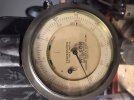
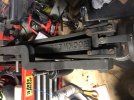
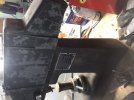
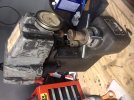
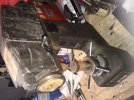
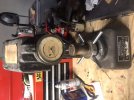
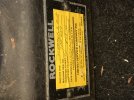 View attachment 1464015
View attachment 1464015  I picked up an old Wilson 1PR according to the serial number. There’s very little on the internet about this model. It does have a diamond indenter and looks in decent shape. It is missing the weights this is the biggest issue. Based on an old thread I’m planning on using a PVC segment filled with lead shot until 6kg is reached then using a reference block, which I’ll need to buy, to fine tune the weight up or down. I’ll probably also clean and lube everything and lightly lap the anvil on my surface plate to remove the surface rust. Anyone know anything about the 1PR model or have any tips on the putting back into service and making weights? Thanks! I’ll get some better pictures but for now here’s some of it in my girlfriends car trunk propped up by luggage so it doesn’t fall over (picked it up on a road trip back home).
I picked up an old Wilson 1PR according to the serial number. There’s very little on the internet about this model. It does have a diamond indenter and looks in decent shape. It is missing the weights this is the biggest issue. Based on an old thread I’m planning on using a PVC segment filled with lead shot until 6kg is reached then using a reference block, which I’ll need to buy, to fine tune the weight up or down. I’ll probably also clean and lube everything and lightly lap the anvil on my surface plate to remove the surface rust. Anyone know anything about the 1PR model or have any tips on the putting back into service and making weights? Thanks! I’ll get some better pictures but for now here’s some of it in my girlfriends car trunk propped up by luggage so it doesn’t fall over (picked it up on a road trip back home).
Last edited:





